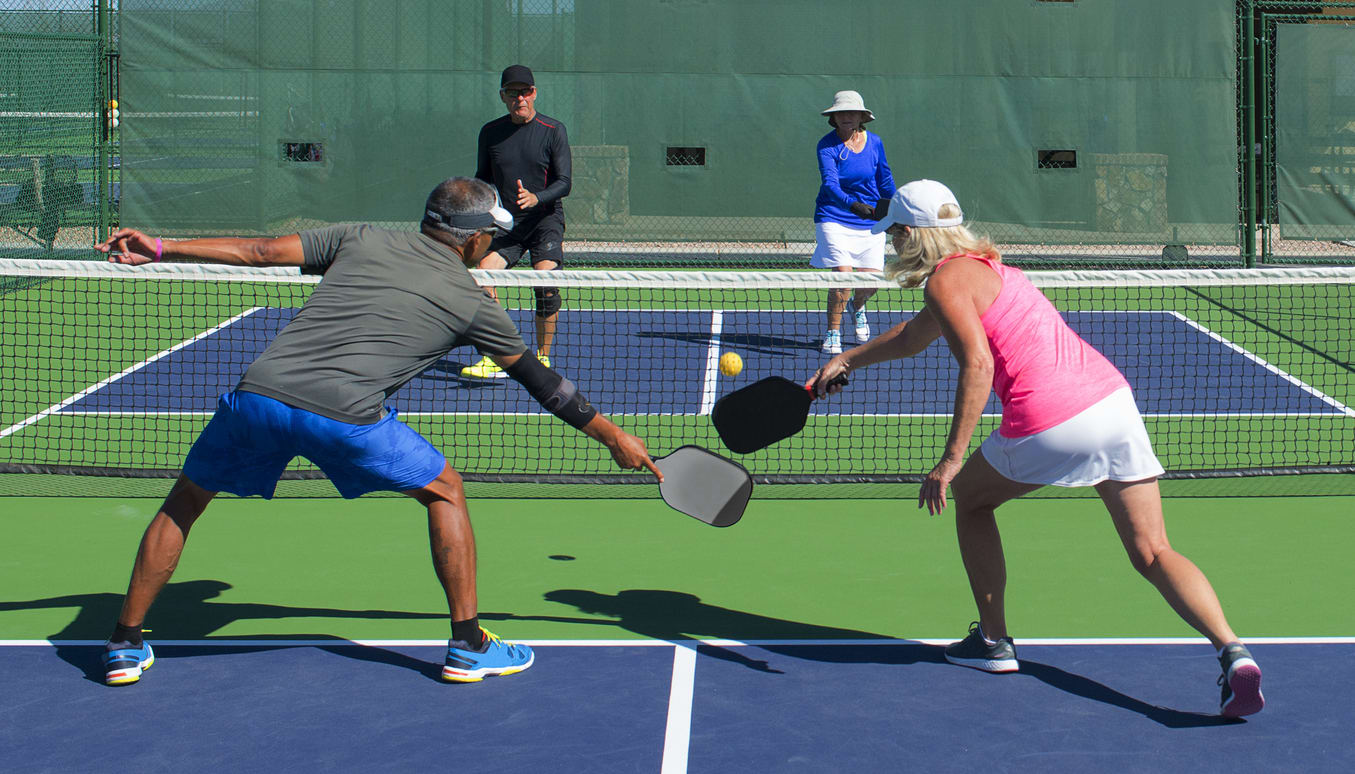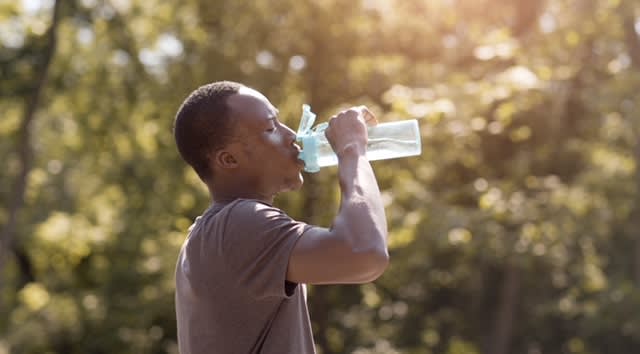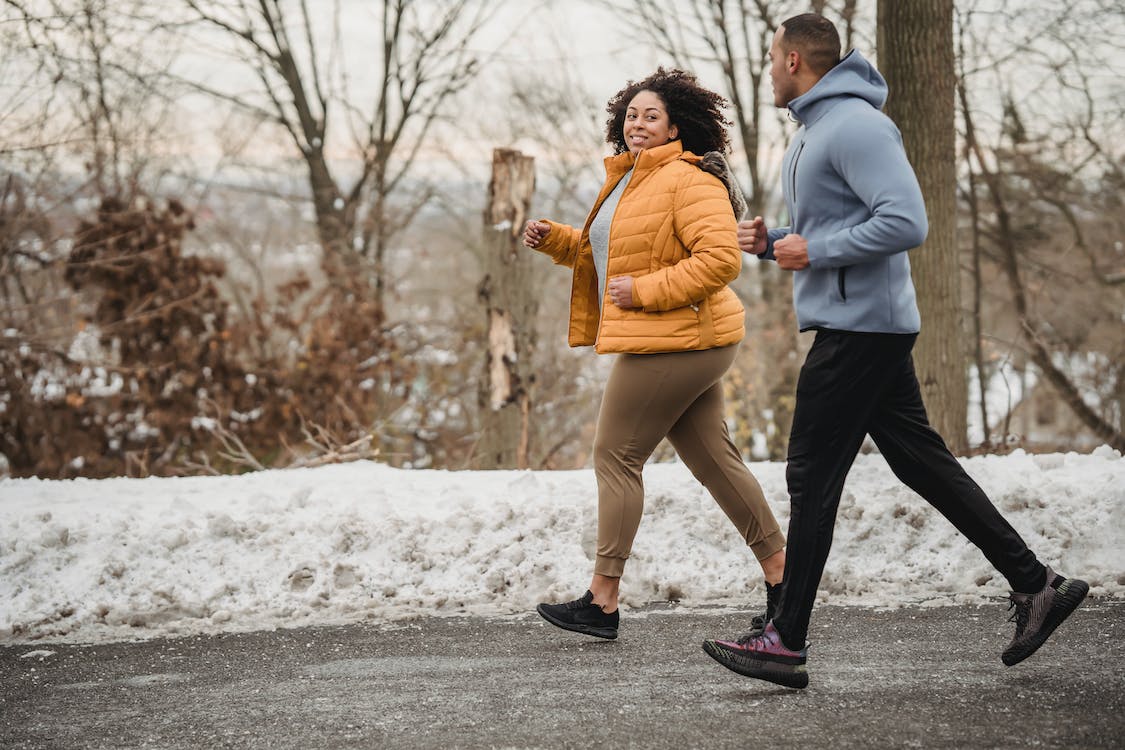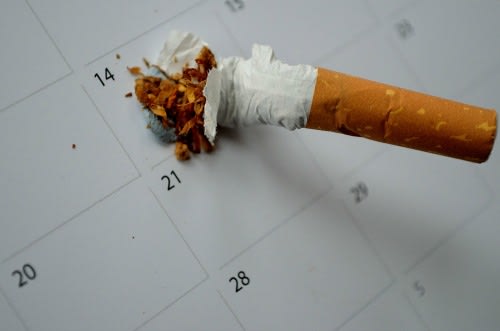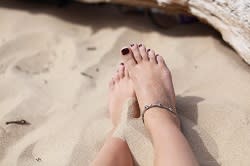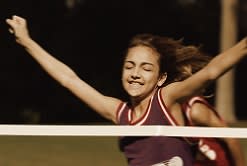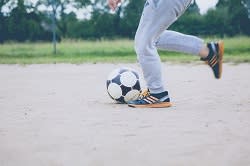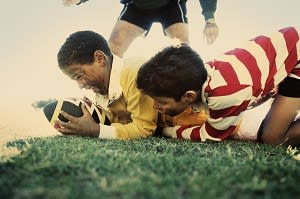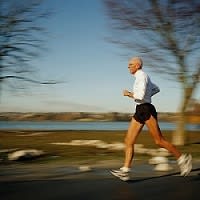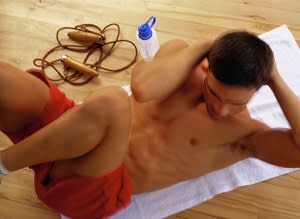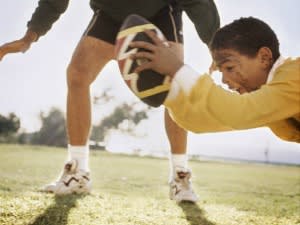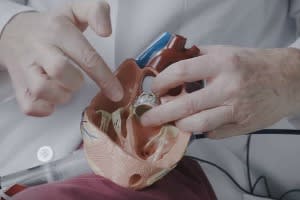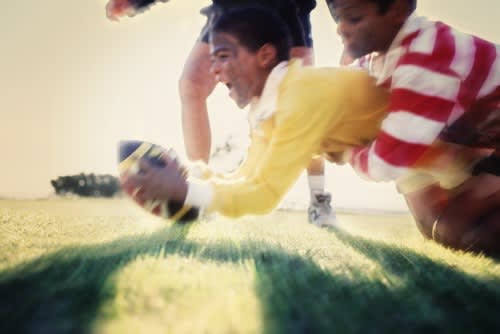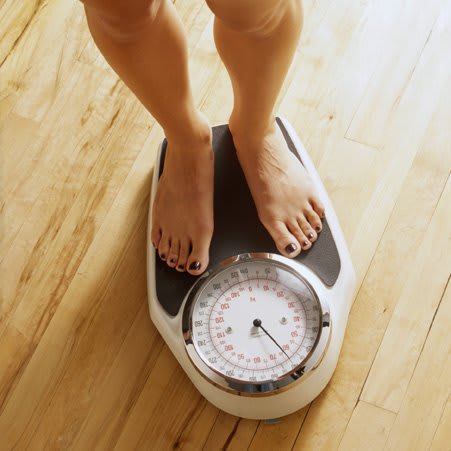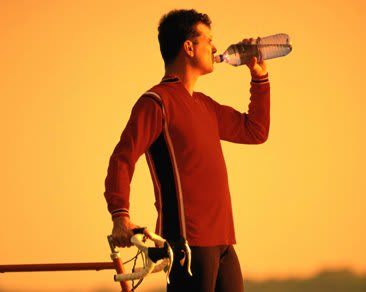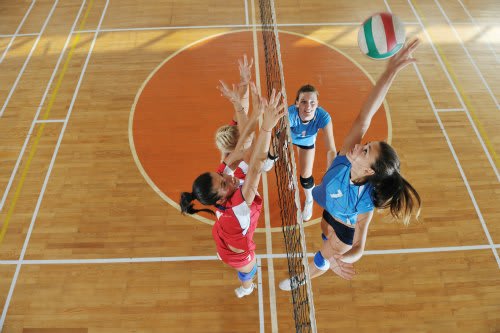Plantar Fasciitis: The Basics
Published: October 04, 2016l
By Robert Weiss, DPM
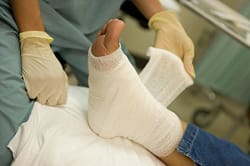
Plantar fasciitis and heel spurs cause pain on the bottom of the heel. In both conditions, symptoms are present after exercise but not necessarily while exercising. In some cases, however, athletes will complain of pain during the actual event. Abnormal pronation and pull on the plantar fascia of the foot during heel contact, midstance, and the toe-off phase of gait aggravate the condition.
If the fascia becomes stretched or strained, or in some cases actually torn, the arch area becomes tender and swollen. This inflammation of the plantar fascia is likely to be painful from the heel through the arch. On palpation, in the early stages, there is a feeling of rigidity and stiffness in the arch.
Plantar fasciitis is common to many of the sports as well as just walking. There are several possible causes of this condition:
- Poor training shoes. They may be worn down on the heel area, or may lack rearfoot control and cushioning.
- Playing and training on hard surfaces such as concrete roads and/or artificial turf.
- Increase in training, sprinting, track workouts for speed training and hill running often contribute to the condition.
- Abnormal geometrical changes of the pathological foot mechanics, due to excessive inward foot roll (pronation).
Therapy for plantar fasciitis includes resting from your' respective event and going to an alternate aerobic activity such as swimming or biking to stay in cardiovascular condition. I am a firm believer in long distance walking to increase blood flow to the tissues as our body's healing element. A biomechanical evaluation should be instituted to check on imbalances of the foot and pronation.
It is important to remember that perhaps the best treatment for the athlete is rest. Hopefully this information can prevent this condition for many.
Featured Expert/ Author






